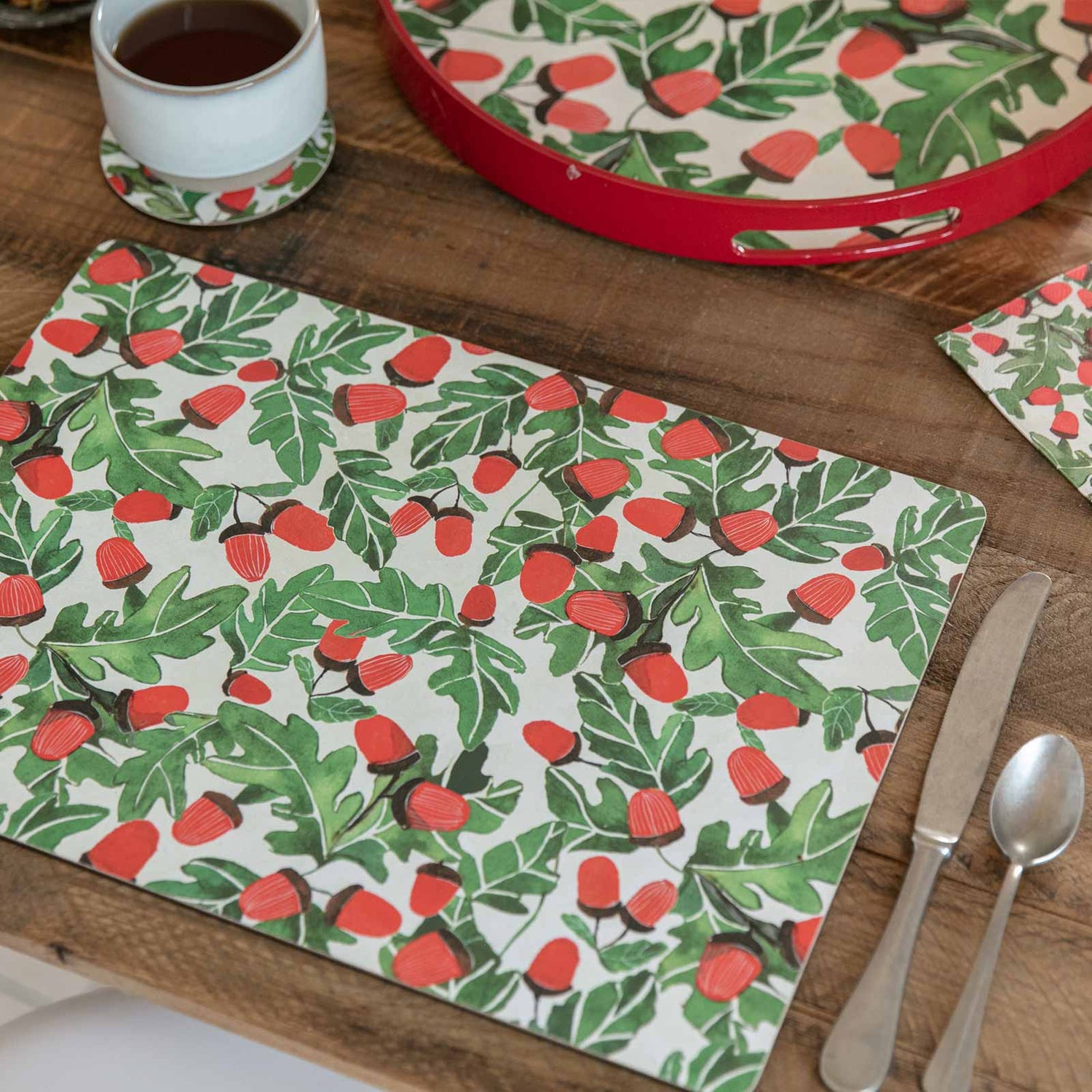The 7-Second Trick For Unique Art
The 7-Second Trick For Unique Art
Blog Article
The Single Strategy To Use For Unique Art
Table of ContentsSee This Report on Unique ArtGetting The Unique Art To WorkThe smart Trick of Unique Art That Nobody is Talking AboutIndicators on Unique Art You Need To Know
While one could debate which art type holds precedence, the fact continues to be that each of these 7 forms supplies a special home window into human history, society, and advancement. They are the tapestries that chronicle our journey, advising us of our past while motivating visions for the future.Fantastic artwork narrates, makes individuals look two times, and produces an unique experience that can not be matched. Art and images interact every one of that via color, shape and various other layout components. Discover just how to make your one-of-a-kind artwork stand out from the crowd.
3 Emil DervishIn this entranceway by Emil Dervish that lovely cobalt blue door swipes the show. To bring even a lot more drama, he expanded the paint. to the doorframe and the wall surface up, completing in an arched shape. The contours, in addition to a spherical sconce, soften the sides - Unique Art. After that frameworks vintage posters and maps of cherished places established the scene.
8 TRIA GIOVANEqual components grand and laidback, this entrance hall created by Anthony Baratta is the ideal blueprint to comply with if you're enhancing an official entrance that still really feels unfussy and comfy. Patterned textiles take facility stage (see the rugs and the couch), however they also aid bring the high ceilings down to a human scale when hung over wallpaper.
Unique Art for Dummies
18 Heidi Caillier DesignA gallery wall doesn't require to use up the whole room. Occasionally a little one can make a bigger design statement. In this living-room, Hiedi Caillier went with micro-mini frames and an arbitrary structure. Advertisement - Continue Reading Below19 Stephen Kent JohnsonDesigner Juan Carretero went with a deep environment-friendly paint color to contrast with the light wood finishes.
The aspects of this languageits shapes, lines, colours, tones, and texturesare used in different ways to generate experiences of quantity, space, movement, and light on a level surface. These elements are combined right into expressive patterns in order to represent real or superordinary phenomena, to analyze a narrative style, or to create entirely abstract visual connections.
Later on the idea of the "fine musician" created in Asia and Renaissance Europe. Throughout the 19th century painters in Western societies started to shed their social position and protected patronage.
Some Known Questions About Unique Art.
Others made a revenue via touring events of their job. The need to appeal to a marketplace had changed the comparable (if less impersonal) needs of patronage, and its impact on why not look here the art itself was probably comparable as well. Unique Art. Usually, musicians in the 20th century can reach a target market only through commercial galleries and public museums, although their work might have been occasionally duplicated in art periodicals
For the background of paint in ancient Egypt, see Egyptian art and architecture. The growth of painting in various regions is treated in a variety of short articles: Western paint; African art; Central Eastern arts; Chinese painting; Islamic arts; Japanese art; Korean art; Indigenous American art; Nautical art and design; South Eastern arts; Southeast Asian arts. For a conversation of the imitation of artworks, see forgery. For a discussion of the duty of painting and other arts in faith, as well as of the usage of spiritual icons in art, see religious meaning and iconography. For information on other arts connected to painting, see short articles such as drawing; individual art; printmaking. It is the sense of inevitability in this official organization that provides a great painting its self-sufficiency and presence. The colours and positioning of the principal images in a style may be sometimes mainly determined by representational and symbolic factors to consider. Yet it is the formal interaction of colours and forms that alone is qualified of interacting a specific mood, generating optical experiences of room, volume, movement, and light and creating forces of both harmony and tension, even when a paint's narrative symbolism is obscure.
Don't duplicate the style of various other artists if you're trying to locate your design. Duplicating other individuals's art work can be terrific in instructional functions yet it will certainly not make you closer to locating your own one-of-a-kind design. Your imaginative find this design needs to be, what you such as and what inspires you.

Unique Art for Beginners
You need to attempt whole lots of various choices and explore every little thing prior to you can concentrate on one particular design or you'll be tired, or worse, you'll hate your very own design. I suggest you to attempt every solitary topic that you're interested in, explore as much as you can. Try different mediums that excite you and brand-new techniques you've never attempted prior to.
With time you'll be able to arrange every one of them right into your favored and the very least favored classifications. Try to concentrate your attention on the topics and tools that you like and prior to you see it coming you'll have your own individual try here and special design, like no one else have! So in the end you'll have a few favored subjects to paint and possibly a few preferred tools.

Report this page